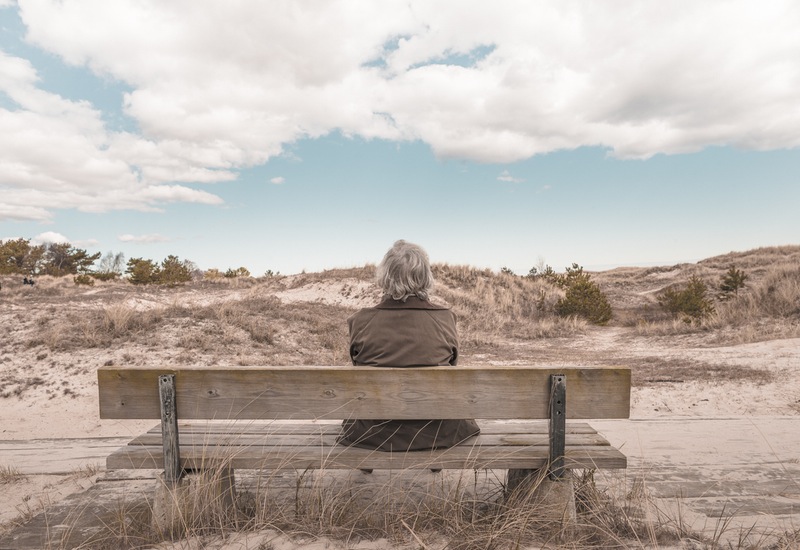
The Skin Cancer Foundation estimates some 87,000 people will be diagnosed with Melanoma this year. With that in mind, it is important to consider the serious risks that this form of cancer presents to our senior citizens. Keeping them safe involves taking measures to protect the skin.
Skin Cancer Causes
Skin cancer prevention begins by understanding the causes. This type of cancer begins when cells in the outer most layer of the skin start to mutate. Unprotected sun exposure and spending time in tanning beds are typically the biggest contributors. For a senior citizen, the risk of developing skin cancer is even higher than it is for a younger person. Here are a few reasons why.
Medications
Many seniors take medications. Some make their skin more susceptible to sun damage. Common culprits include statins, antibiotics and diuretics. Discuss medications and their side effects with your doctor. Make note of any sun safety recommendations, and use precaution during exposure if necessary.
Increased Risk Due to Burns as a Child
Our understanding of skin cancer risks was limited when many seniors were young children. As a result, few used sunscreen and many experienced sunburns. Suffering five or more sunburns as a child increases a person’s risk of developing Melanoma by 80-percent. Therefore, it is important for seniors to get checked for indications of Melanoma frequently as early detection increases treatment options and survival rates.
Thin Skin
Seniors also have thinner skin than younger adults. This puts them at risk of experiencing sunburns even after only a short period of time in the sun. Limit sun exposure, especially during peak hours in the afternoon, and use sunscreen when spending time outdoors to help stay protected.
When spending time outdoors, there are a few other steps seniors can take to protect their skin. These include:
- Use a broad-spectrum sunscreen with a sun protection factor (SPF) rating of at least 30. Make sure to thoroughly cover all exposed areas. Friends, family members or professional caregivers should assist with any hard to reach spots such as the back. Wear sunscreen even on cloudy days for maximum protection.
- Wear light, loose-fitting clothing to further protect the skin. Light colored cotton shirts with long sleeves and cotton or linen pants are excellent options. Wearing a wide-brimmed hat and sunglasses is also an excellent idea to help protect the delicate skin on the face and neck. Hats can also protect the scalp if the senior is balding or has thinning hair.
- The harshest sun’s rays are present between the hours of 10:00 AM and 4:00 PM. If possible, keep your senior loved one indoors during this time. Try to schedule appointments earlier in the morning or in the evening if possible. If you do have to go outside, look for shady spots or wear a hat and carry an umbrella for extra shade.
- If your loved one is spending time at the beach or by the pool, use extra care with minimizing time outside and applying and re-applying sunscreen. Water and sand reflect the sun’s light, and that can make conditions more dangerous.
Vitamin D
Finally, discuss with your doctor supplementing your senior loved one’s diet with extra vitamin D. Protecting elderly individuals from the sun has many benefits, but one risk it presents is that their bodies often are not able to make enough vitamin D independently. This nutrient is important for healthy living, but adding a simple supplement to the diet is often enough to prevent deficiencies.
Promoting seniors’ health and wellness is important to Salus Homecare San Fernando Valley, and that is why we encourage every senior to use precautions when spending time in the sun. Take the time to understand skin cancer risks, spend less time outdoors during peak sun hours, use sunscreen and wear loose fitting, protective clothing. If you have questions, talk to your doctor, or let us know if we can help.
There is no ads to display, Please add some

